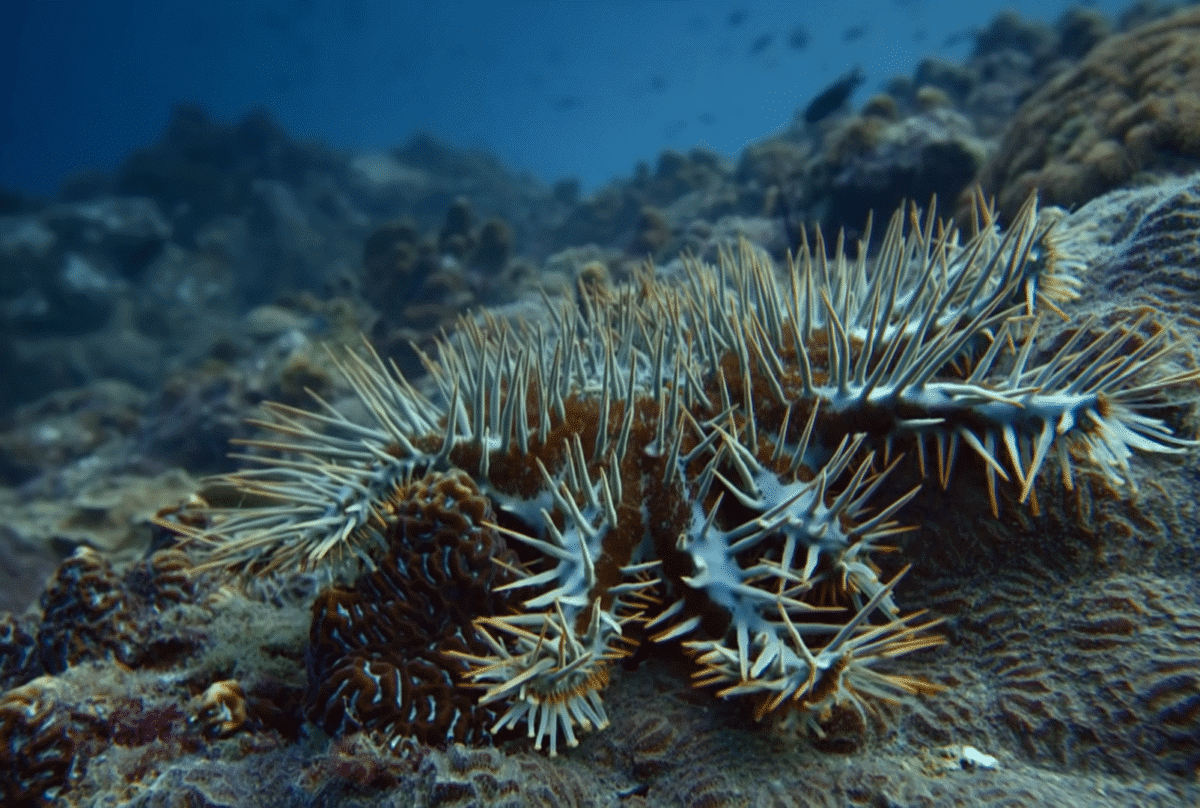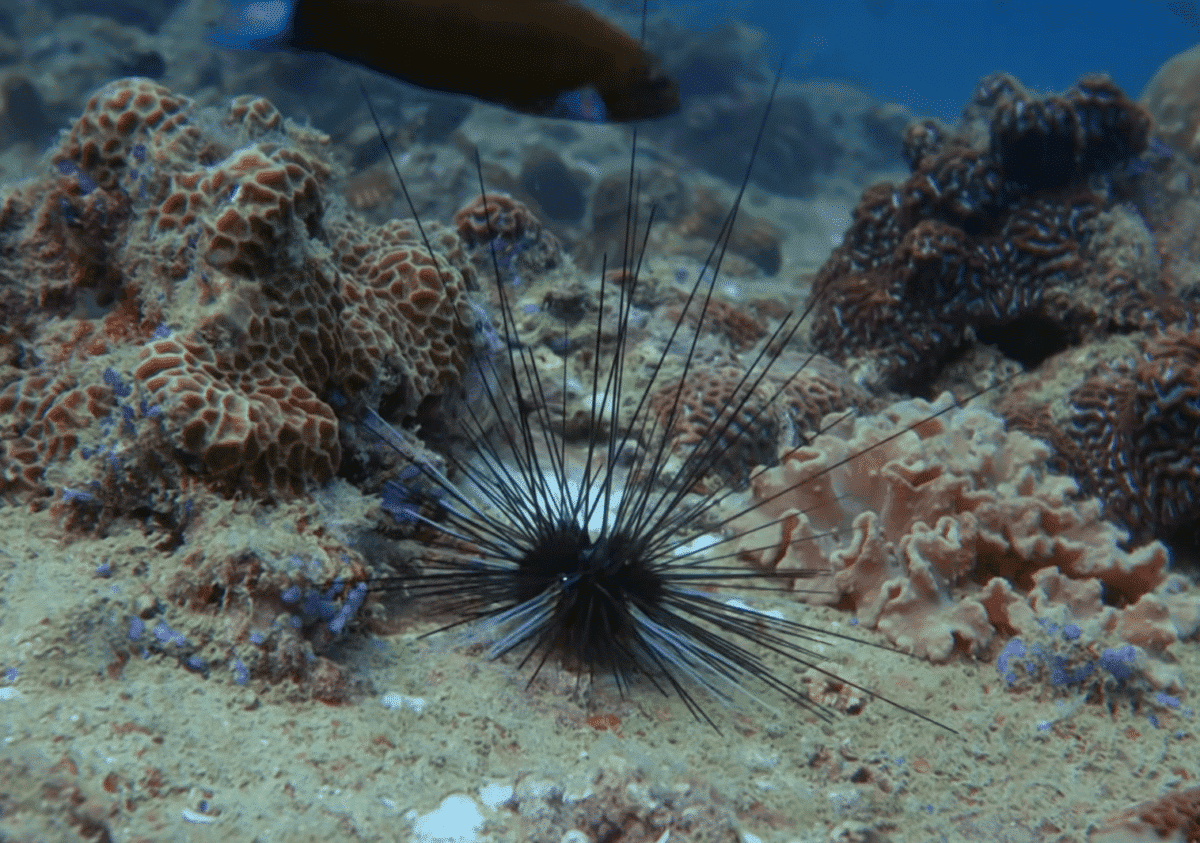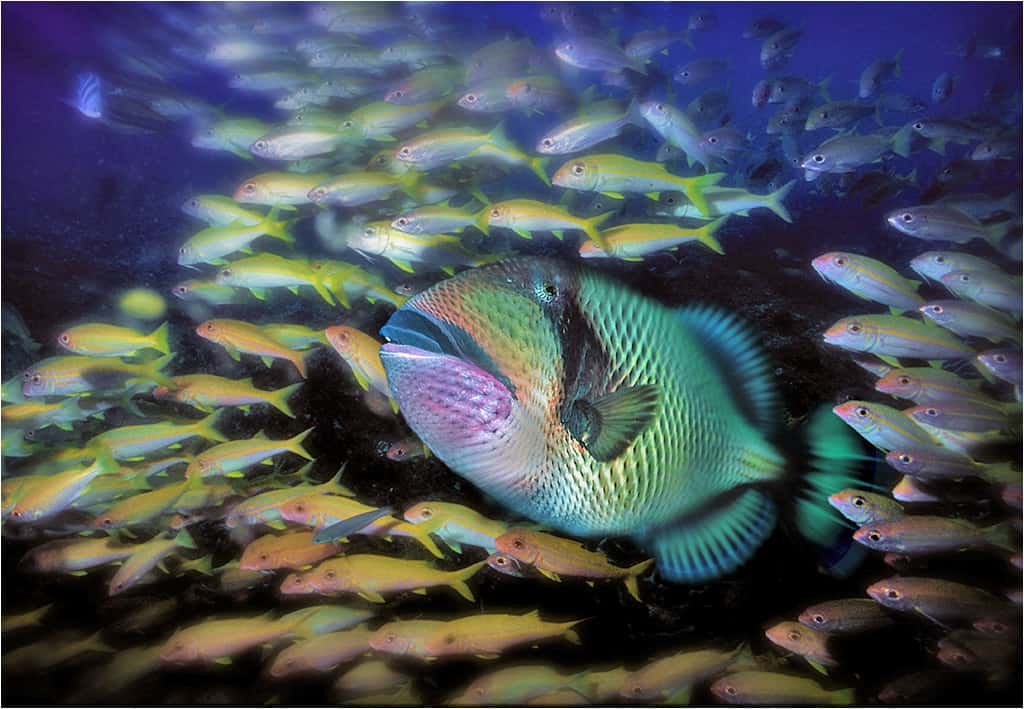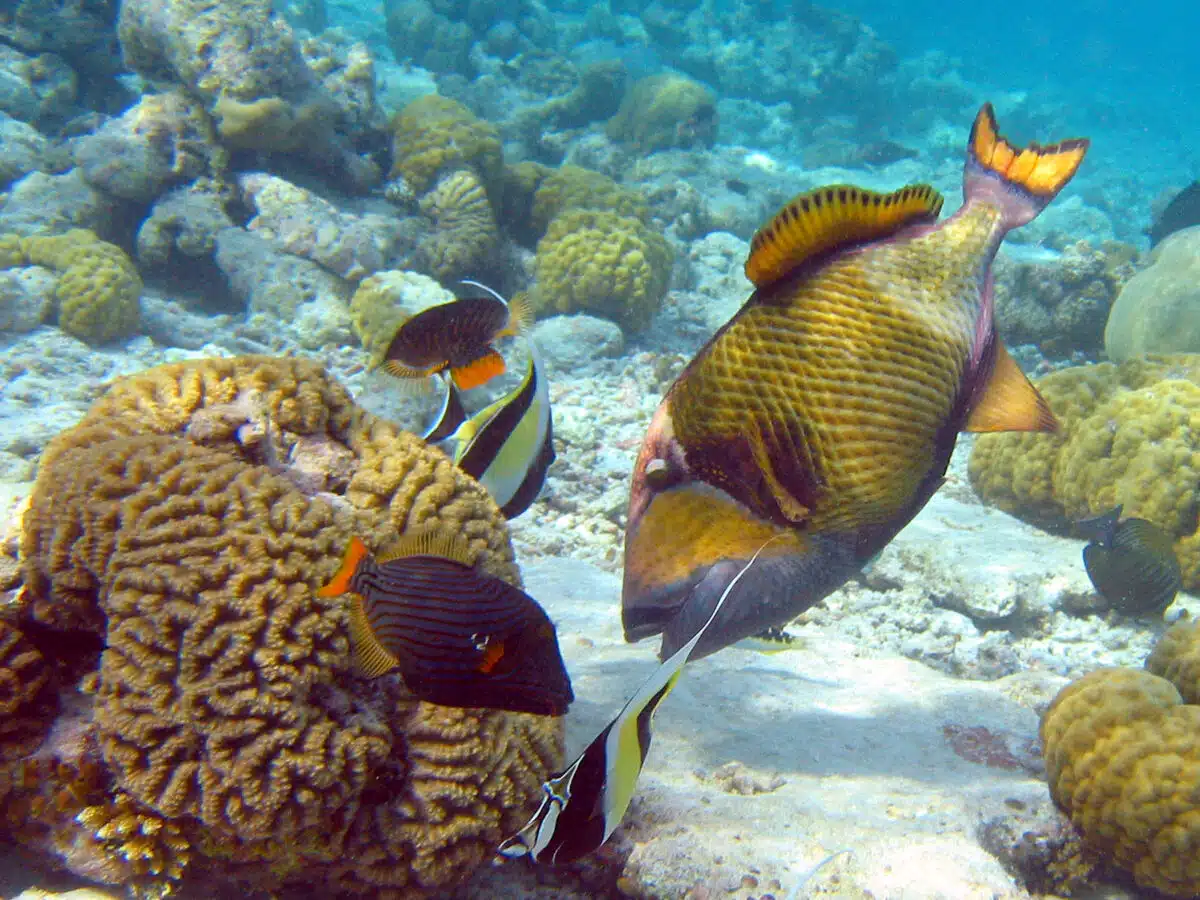Coral reefs are often called the rainforests of the sea. They are among our planet’s most diverse and complex ecosystems. Watch the video below, which sheds light on the delicate balance of life within these underwater communities, focusing on the role of various marine species in maintaining the health of the reef.
The Role of Starfish and Sea Urchins
The crown of thorns starfish plays a crucial role in controlling the growth of corals by feeding on the faster-growing species, thereby allowing slower-growing corals to thrive. Similarly, long-spined sea urchins contribute to the reef’s health by feeding on algae, which clears space for new coral growth.


Challenges to Reef Stability
Despite their importance, coral reefs face significant challenges. External factors like global warming, pollution, and the loss of natural predators can disrupt the delicate balance, leading to the overpopulation of starfish and urchins. Both species are equipped with venomous spines, making their management complex.
The Titan Triggerfish: A Key Predator
The titan triggerfish (Balistoides viridescens) exhibits aggressive nature and territorial behavior. These fish have unique adaptations that enable them to feed on the crown of thorns starfish and sea urchins, despite the protective spines of these prey. The triggerfish’s ability to prey on these species is crucial in keeping their populations in check and maintaining the reef’s equilibrium.
Titan triggerfish, also known as giant triggerfish or mustache triggerfish, is the largest species of triggerfish in their range, reaching lengths of up to 75 centimeters. They are found in lagoons and at reefs to depths of 50 meters in most of the Indo-Pacific. These creatures feed on sea urchins, molluscs, crustaceans, tube worms, and coral, often turning over rocks and stirring up sand in their search for food. Their snout comprises about a third of their total length, and they have a small mouth with chisel-like teeth. They have independently rotating eyes and a heavily scaled body, generally green to dark grey in color, with yellow or green fins with black tips.
Triggerfish are often solitary and exhibit highly territorial behavior, especially during mating season. They are known for their aggressive defense of their nesting area, which can sometimes lead to confrontations with divers. Their bites, while not venomous, can be serious due to their strong teeth.

Parental Care of the Titan Triggerfish
In terms of reproduction, titan triggerfish lay eggs that are fertilized externally. The male guards the nest and ensures a good supply of fresh water and oxygen by blowing water over the eggs. Once the larvae hatch, they swim away into the protection of the coral reef.
A Complex, Interconnected Ecosystem
Each species plays a vital role in the health and stability of the reef. These interactions not only affect the reef itself but also have far-reaching impacts on the broader marine environment. Understanding and preserving these balances is crucial for the continued survival of these vibrant underwater worlds.
You might also enjoy:
Largest Cuttlefish Ever Recorded
Watch: The Fascinating Courtship of Ruffs
Watch: Bear Rescued from Ukraine Finds home in Scotland
Join our Forum for free today!

- The Bond Between a Wild Baby Bison and Her Rescuer - July 20, 2024
- An Excited Husky’s First Ever Time in Snow - July 20, 2024
- Top 20 Colorful Species To Brighten Your Day - July 14, 2024


